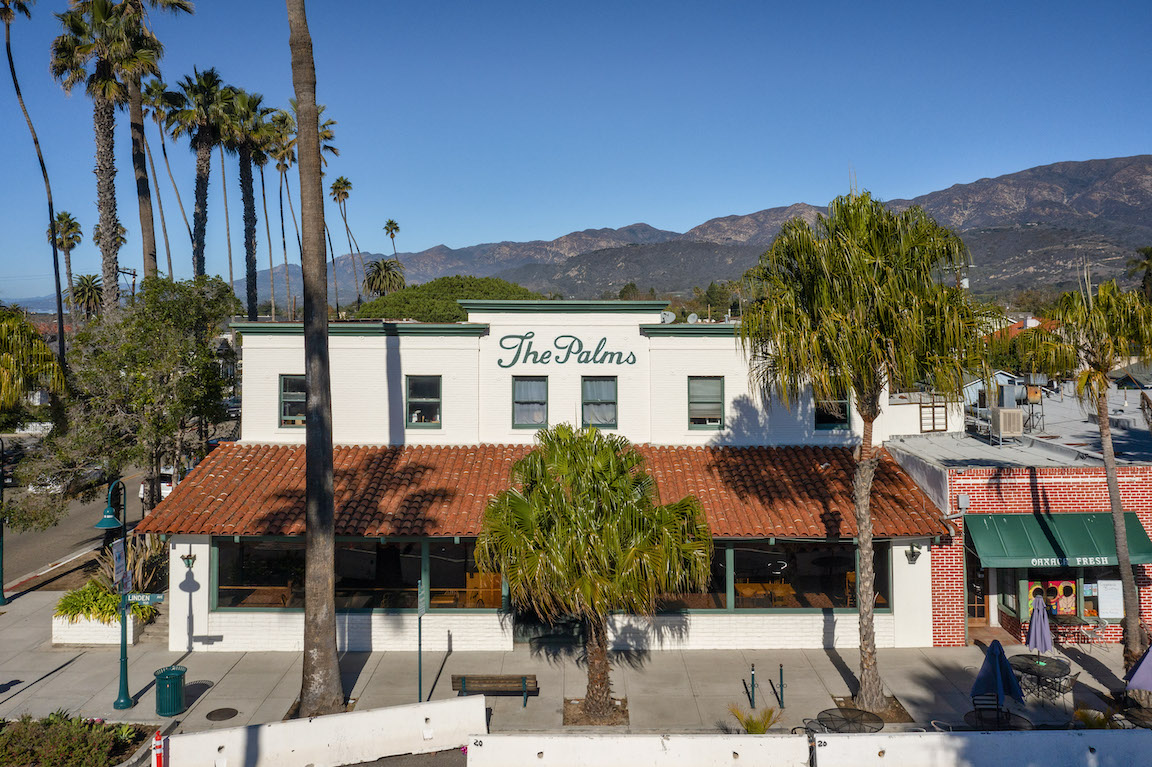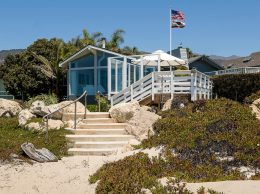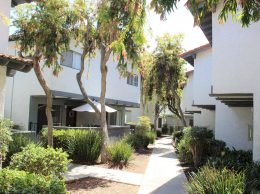Real Estate: Potential office glut in Santa Barbara; Landmark restaurant for sale in Carpinteria
The Santa Barbara commercial real estate market has faced its ups and downs this year, according to Radius Commercial Real Estate General Manager Brian Johnson.
Speaking at Santa Barbara Executive Roundtable’s annual economic forecast on Nov. 11, Johnson said leasing in the area is down “heavily.”
The third quarter of 2021 produced just 49 new transactions, about 30% below the 5-year average, Johnson said.

Commercial Real Estate
“The first quarter started slow as the vaccine rollout began,” he said. “Then in the second quarter, things picked up steam as we saw reopenings happening and life returning into the business sector.”
As the highly infectious Delta variant of the coronavirus became more prevalent, Radius “saw things slow down in the third quarter,” Johnson said. However, the commercial sales market is “at least as healthy and strong” as it was before the pandemic struck in March 2020, and Johnson expressed optimism for the future.
“We’re hopeful the year can finish off strong, and the momentum can carry over into 2022,” he said.
Santa Barbara’s office vacancy rate remained above 2% in the third quarter of 2021, for the third straight quarter, Johnson said, though that doesn’t include the vacant and recently sold Nordstrom building, which may be converted into office space.
“Now, if that happens, we will potentially have approximately 150,000 square feet of office space being marketed in Paseo Nuevo,” he said. “I don’t think that’s the kind of adaptive reuse that anyone had in mind when they were looking at the evolution of State Street.”
In Goleta, the office vacancy rate rose only slightly to 6.9% and is showing signs of recovery, and in Carpinteria, the office market is very tight, with a 1.9% vacancy rate.
“Even though companies may not be bringing employees back fully yet, they’re planning for it, and that means larger office deals on average,” Johnosn said.
CARPINTERIA LANDMARK FOR SALE

In downtown Carpinteria, a landmark restaurant and mixed-use building is for sale on Linden Avenue. Established in 1912, The Palms is “a steakhouse with a twist,” where customers cook their own steaks, according to the listing from Berkshire Hathaway Home Services. The property is for sale for $9.85 million.
The ground floor of the building features the restaurant, and bar, while apartments are on the second floor.
The Palms was a dancing and live music hot spot on the weekends, and dinner was served seven days a week. It has been closed since the COVID-19 pandemic began last year, said Nancy Kogevinas, luxury collection director at Berkshire Hathaway.
All of the information in the listing and marketing materials are referencing what “could be” for a new owner, Kogevinas told the Business Times.
On Berkshire Hathaway Home Services’ website of the listing, a YouTube video features brothers Bill and Todd Bennett, third-generation owners of The Palms.
“My grandparents converted the whole place into a restaurant in the late 1950s, and my parents worked it in the ’80s and ’90s, and my brother and I have owned it since,” Bill said in the video. “It’s time for a new generation now.”
The property was originally used as a bank and hotel, and later changed to a restaurant and apartments.
‘HEALTHY’ CONSUMER SPENDING
Marcus & Millichap, a leading firm specializing in commercial real estate sales in the United States, reported that consumer spending was “healthy” last month.
Core retail sales, excluding motor vehicles and gasoline, rose 1.4% in October.
Marcus & Millichap said that year over year, the increase was 14.9% as “shoppers are flush with capital from pandemic-relief bills and the economic recovery that has pushed unemployment below 5%.”
The most robust sales are at gas stations, with data showing an increase of nearly 47% over 12 months.
“A sharp rise in energy demand due to the return to offices in many areas globally is the primary catalyst for the rise in gas prices,” Marcus & Millichap states in its report, adding that a 13% decline in U.S. crude oil production since before the health crisis has “tightened” supply.
• Brooke Holland covers commercial real estate for the Pacific Coast Business Times. She can be reached at [email protected].












